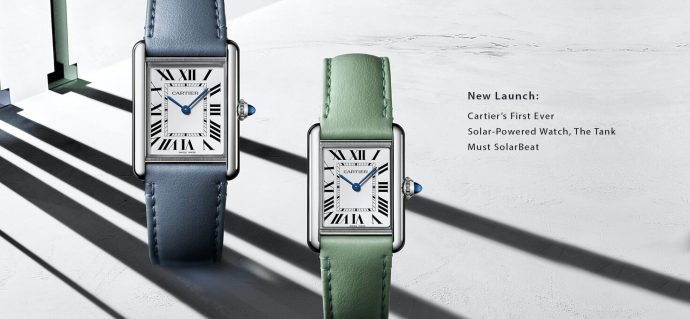Vacheron Constantin’s Traditionelle Complete Calendar is a one-of-a-kind complication. the very few examples of the complication made by an haute horlogerie manufacturer these days – so much so that it’s something of a signature complication for them. The complete calendar shows the day of the week, the month, and the date (usually with a pointer), and also the moonphase; the closely related triple calendar is identical but omits the moonphase. The triple calendar is available from Vacheron in a hand-wound model, in stainless steel, in the Historiques collection (the Triple Calendrier 1942) and the Complete Calendar is currently only available in automatic watches, including the Traditionelle Complete Calendar and the Fifty-Six Complete Calendar.
The Brand New Vacheron Constantin Traditionelle Complete Calendar

The latest version of the Traditionelle Complete Calendar is the open dial version, launched a few days ago – called, logically enough, the Vacheron Constantin Traditionnelle Complete Calendar Open Face.
The Complete Calendar Open Face is, as they say, exactly what it says on the tin – a version of the Traditionelle Complete Calendar with an open dial that lets you see the entire moonphase disk, as well as the disks for the day and month indications, and the jumper springs (straight polished steel springs which hold the various disks in position until they jump to the next day, date, and month) are visible, as well.

The movement, Vacheron automatic caliber 2460 QCL/2, is a slightly different version of the caliber 2460 QCL, found in the standard Traditionelle Complete Calendar Open Face. The main difference between the 2460 QCL and the 2460 QCL/2, is that the latter has an anthracite finish on the plate and bridges. In every other respect the two movements are essentially identical although there are other small differences – in the 2460 QCL, the central bridge is rhodium-plated and finishes with Geneva stripes, while in the 2460 QCL/2, it’s straight-grained, with anthracite-colored plating.

If you’re interested in technical details, in the under-the-dial image of the 2460 QCL you can see, extending past the circumference of the movement, the pushers for adjusting each of the indications (as this is a complete, rather than an annual or perpetual calendar, you’ll need to adjust the date and month at the end of any month that has less than 31 days; that is, five times a year).
Honest Opinion

One of the things I like most about Vacheron these days is their complete calendar complication – it’s not something anyone else in the haute horlogerie range does, and it offers an interesting look, as well as the pleasure of interacting with the setting pushers, for quite a bit less than a perpetual calendar. A Patek 5327J will run you $92,260 and one of Vacheron’s own perpetuals, the Patrimony Perpetual Calendar Ultra Thin, is not much less at $84,400, albeit – at least for me – the Vacheron has, in the caliber 1120 QP, a much more interesting movement. The 1120 base movement is Vacheron’s version of the same movement used by Audemars Piguet, the caliber 2120, and it remains today the thinnest full rotor automatic movement ever made – not bad for a caliber originally produced in 1967.

The point, however, is somewhat moot since you can’t get an haute horlogerie Complete Calendar from anyone else in any case. The only point that I will make – and it’s an obvious one, although I think still worth making – is that it is well within recent memory when this sort of price tag was, in fact, perpetual calendar money, although given the upward price migration across the market for haute horlogerie perpetuals and the fact that the complete calendar is more or less a Vacheron solo game at this point, the price for both the standard Traditionelle Complete Calendar and the Open Face version are well within the industry standard.

These are the only two counts against this watch. If you have been around for a long time it feels expensive for what it is – this is just the world we live in now. Secondly, the movement is a little lost in the case. This is an 11 3/4 ligne movement and the standard for wristwatch movements is between 12 lignes and change at the low end, and 13 lignes plus at the high end; in a 41mm case it’s swimming around in peripheral metal a little bit. Historically this did not matter in the slightest – you look at vintage Cartier and it’s full of EWC movements that worked just fine, were well-finished, and did not match the case at all.





Recent Posts
Recent Comments
Archives